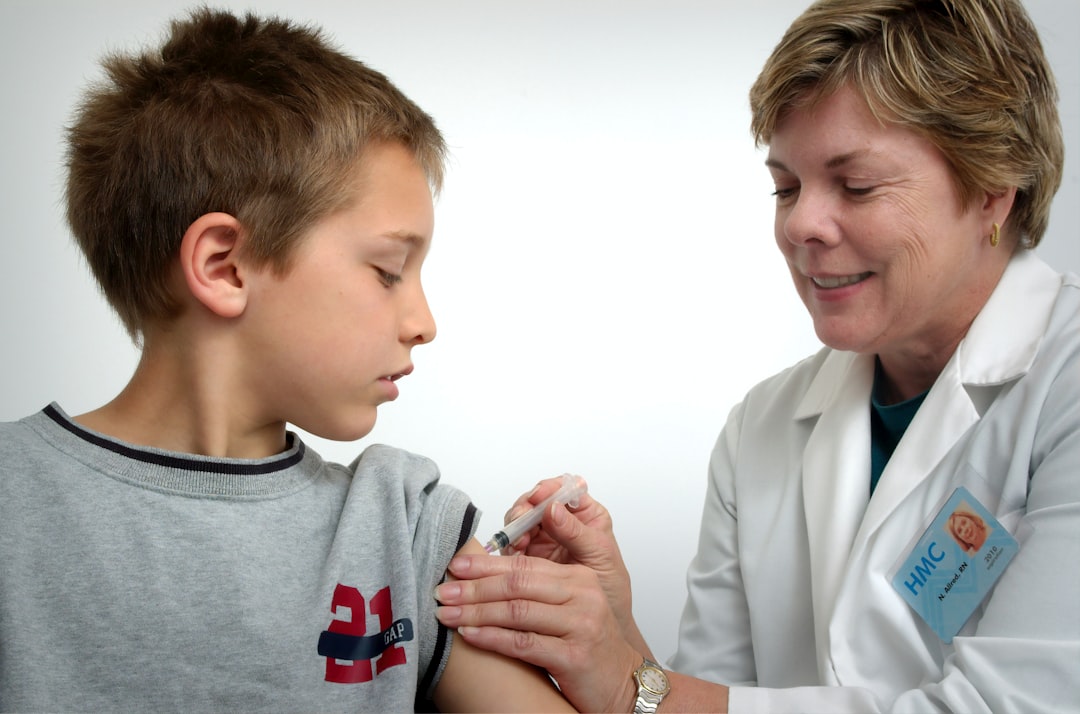Type 2 diabetes is a chronic condition that affects millions globally, disrupting daily life due to its adverse impacts on health. However, research indicates a gender disparity in diagnosing this condition, with women commonly receiving a diagnosis later than their male counterparts. This delay can lead to more severe complications and affect life quality. Understanding why this disparity exists and addressing it is crucial for improving overall health outcomes for women.
One significant reason for this gender gap in diagnosis is the difference in symptom recognition and presentation. Women often manifest type 2 diabetes symptoms differently than men. For instance, women can experience fatigue, depression, and urinary tract infections due to fluctuating blood sugar levels, while classic signs like severe thirst or weight loss might not be as pronounced. This unique symptomatology can lead to misinterpretation or under-recognition by both patients and healthcare providers.
Moreover, societal norms and gender roles play a part. Women are often caregivers, putting others’ health before their own. This can delay crucial healthcare visits, thereby prolonging the diagnosis period. Additionally, the healthcare system traditionally focuses more on male-centric research, leading to a lag in understanding female-specific symptoms and their implications.
Compounded Screening Practices add another layer. Standard screening guidelines may not adequately reflect the different risk factors that women face, particularly those related to hormonal changes such as pregnancy (gestational diabetes) and menopause. Consequently, healthcare providers might not screen women appropriately or frequently enough.
The impact of late diagnosis is profound, potentially leading to complications like heart disease, nerve damage, and kidney issues, all of which contribute to a decreased quality of life and increased healthcare costs. These complications highlight the necessity for early detection and tailored medical interventions for women at risk.
Advancements in Precision Medicine are promising, aiming to address these disparities through personalized healthcare. By utilizing genetic data and personalized risk assessments, healthcare providers can better estimate when and how to screen women differently than men, ultimately leading to earlier diagnosis and treatment strategies tailored specifically for women.
Public Health Education also needs enhancement to empower women to recognize potential diabetes symptoms and reduce the stigma associated with seeking help for such conditions. Organizing community programs and educational campaigns on recognizing diabetes symptoms and managing risks helps bridge the knowledge and action gap.
To address these challenges, collaborations between healthcare providers, researchers, and policymakers are essential. Implementing female-targeted research initiatives and developing gender-sensitive clinical guidelines could significantly mitigate the diagnostic delay. Furthermore, leveraging technology, such as telemedicine and mobile health tools, could provide more accessible and timely healthcare, especially vital for women juggling multiple roles.
In conclusion, while the disparities in type 2 diabetes diagnosis between genders pose significant health risks, a multifaceted approach incorporating education, policy changes, and personalized medicine holds promise in bridging the gap. Providing women with the tools, knowledge, and access to appropriate care is critical in ensuring equitable and effective healthcare for all.
Insight Report
Type 2 Diabetes
















Leave a Reply